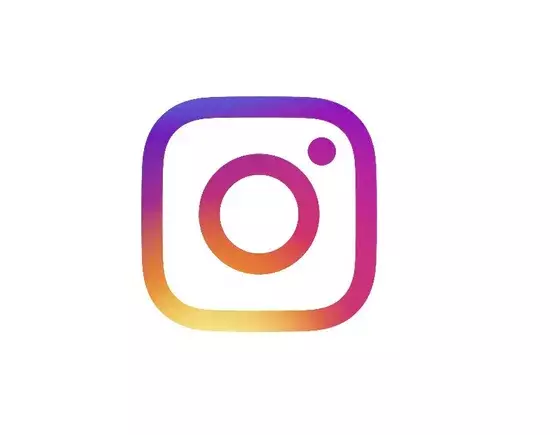Instagram has increasingly come under scrutiny as users grapple with understanding its algorithms and policies, especially regarding sponsored content. Adam Mosseri, the platform’s chief, is taking a proactive approach to counter misinformation through a series of informative posts that clarify some widely-held misconceptions. The aim is to elucidate Instagram’s stance and alleviate concerns surrounding sponsored posts amidst the growing hype regarding social media marketing.
Addressing the Sponsored Content Myth
A prevalent myth in the digital marketing sphere asserts that Instagram intentionally downranks posts marked as sponsored, compelling brands to invest in paid promotions for greater visibility. Mosseri refuted this assumption in his recent post, emphasizing that the platform does not penalize posts labeled as sponsored. He clarified that while identifying sponsored content is beneficial for Instagram’s algorithm, it is imperative for creators to disclose such content without fearing a detrimental impact on reach. This transparency is not only essential for compliance with local advertising regulations but also fosters an authentic relationship between creators and their audiences.
The Reality of Engagement with Sponsored Posts
The decline in engagement metrics, particularly for sponsored posts, has led many to conclude that Instagram is undermining these posts purposefully. However, Mosseri’s comments illuminate an alternative perspective—that the perception of sponsored content significantly influences user behavior. Users may instinctively overlook posts that contain the “Sponsored” label, leading to lower engagement levels. Thus, it may not be a direct manipulation from Instagram, but rather an organic byproduct of how audiences interact with sponsored content.
Mosseri’s initiative is part of a broader effort to promote transparency within the platform. This advancement is crucial for marketers who rely on accurate insights to gauge the performance of their content and strategies. In addition, he has clarified that the inclusion of brand logos in Reels does not lead to a reach penalty, while watermarked videos from competing platforms might. Such distinctions highlight the nuances involved in content visibility on Instagram, underscoring the importance of understanding the dynamics at play.
Despite Mosseri’s reassurances, skepticism abounds among users and marketers alike. The history of Meta’s interactions with businesses has left a residue of distrust, especially for those who have felt the adverse effects of algorithm changes in the past. For many, Mosseri’s reassurances may not be enough; they cling to skepticism shaped by previous experiences. This raises questions about whether trust can truly be rebuilt and whether Instagram can change long-standing perceptions about its algorithmic decisions.
As social media platforms evolve, so too must the strategies employed by marketers. The conversation surrounding sponsored content on Instagram is crucial for guiding brands in their promotional efforts. While Mosseri’s insights provide some level of clarity, the nuances of user behavior and the legacy of past mistrust necessitate ongoing dialogue. Understanding the platform’s mechanics will become paramount for creators looking to leverage Instagram effectively, underscoring the need for transparent discussions about how sponsored content is treated.


Leave a Reply
You must be logged in to post a comment.